The Archetypal Father
The ancient world had a more intuitive grasp of the cycles of death and rebirth, and of their connection to the life force, than we do today. They encoded their wisdom in myths—visionary images of heroes who accepted their fate and plunged deeply into death, only to be reborn with renewed powers. In these stories, fate was often represented by the Father.
THE FATHER AS FATE
The most enduring example of this is Jesus’s story. The night before he was to be crucified, Jesus took a walk to pray alone in the garden at Gethsemane. He asked God to be spared his terrible fate, saying, “Father, please take this cup from me.” With that plea, Jesus identifies the father as the all-powerful author of fate. His next few words reveal what our relationship with the father must be: “Not my will, but thine be done.” Jesus acknowledges that the will of the Father governs everything that happens to us, and that our role is to accept this. In this acceptance is the potential of rebirth.
The Father is an archetype, just like the Mother in the Mother Tool. These archetypes have nothing to do with your actual parents. The archetypal Mother is the source of all love and support while the Father is the cosmic force of fate.
The Father sees more potential for us then we see for ourselves.
When you think of fate, you think of things that can’t be avoided or that have a sense of inevitability. Time is a good example. If you’re reading this at 8:30, in a half hour it’s going to be 9:00, whether you like it or not. When you feel the inevitability of time passing, you’re experiencing the Father. It’s no coincidence that the personification of time is Father Time.
INEVITABILITY
There are events in your life that are just as inevitable as the next 30 minutes going by. They come from the Father, and they can’t be avoided. Many of these events are hurtful: you’re in a marriage you think is going well, but out of nowhere, your spouse tells you he or she is unhappy; you put your heart and soul into a sales presentation for a client and they decide to go with a competitor. There are an infinite number of examples, some petty, others tragic. But, regardless of the scale, all these events have something in common: they’re sent to you by the Father.
Even more important, once the Father sends an event into your life, it is irrevocable. If you look back at whatever happened to you in the past, it’s now fixed; you can’t go back and make it un-happen. Your opinion of it—whether you wish it hadn’t happened or you blame yourself or someone else for it—doesn’t matter. It is forever engraved in the past. This is important because all injuries happened in the past, even if they happened only a second ago. When you look back at an injury, whether it was yesterday or 10 years ago, you were looking at the work of the Father.
GROWTH AND PAIN
Part X rebels against the terrible finality of this, when you can admit that all injuries have one, ultimate source—the Father—it makes some much easier to accept. You can stop being a victim and stressing about who injured you, Why it happened, how unfair it was, etc., and shift your focus to recovery. The Father injured you, and the details don’t matter. Your job is to grow from it.
But why does growth have to be so painful? The Father sees more potential for us then we see for ourselves—potential that comes from the pulsing life force inside each of us. But he also sees that much of the time we don’t have access to that force. Part X has surrounded our heart with a hard shell of utter egotism.
Just as the hard shell of a nut has to be cracked open to get to the meat inside, so must the Father shatter our hearts in order for us to experience that power. The injuries we face are a gift. They crack the shell around our heart and lead us to rediscover our Life Force and reach our full potential.









